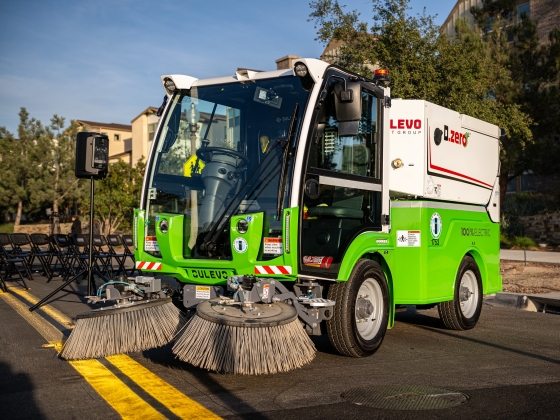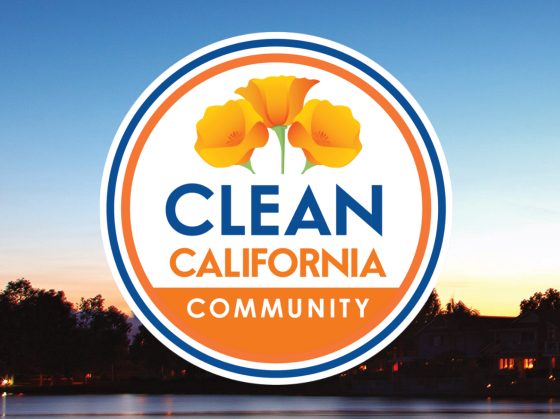Frequently Asked Questions
Why should people use CFLs?
Switching from traditional light bulbs to CFLs is an effective, accessible change every American can make right now to reduce energy use at home and prevent greenhouse gas emissions that contribute to global climate change.
Lighting accounts for close to 20 percent of the average home’s electric bill. Changing to CFLs costs little upfront and provides a quick return on investment.
If every home in America replaced just one incandescent light bulb with an ENERGY STAR qualified CFL, it would save enough energy to light more than 3 million homes and prevent greenhouse gas emissions equivalent to those of more than 800,000 cars annually.
Do CFLs contain mercury?
CFLs contain a very small amount of mercury sealed within the glass tubing – an average of 5 milligrams, which is roughly equivalent to an amount that would cover the tip of a ball-point pen. No mercury is released when the bulbs are intact or in use. By comparison, older thermometers contain about 500 milligrams of mercury. It would take 100 CFLs to equal that amount.
Mercury currently is an essential component of CFLs and is what allows the bulb to be an efficient light source. Many manufacturers have taken significant steps to reduce mercury used in their fluorescent lighting products. In fact, the average amount of mercury in a CFL is anticipated to drop by the end of 2007, thanks to technology advances and a commitment from the members of the National Electrical Manufacturers Association.
What precautions should I take when using CFLs in my home?
CFLs are made of glass and can break if dropped or roughly handled. Be careful when removing the bulb from its packaging, installing it, or replacing it. Always screw and unscrew the lamp by its base (not the glass), and never forcefully twist the CFL into a light socket. If a CFL breaks in your home, follow the clean-up recommendations below. Used CFLs should be disposed of properly (see below).
What should I do with a CFL when it burns out?
EPA recommends that consumers take advantage of local recycling options for compact fluorescent light bulbs, where available. EPA is working with CFL manufacturers and major U.S. retailers to expand disposal options. Consumers can contact their local municipal solid waste agency directly, take CFLs to a County of Orange Household Hazardous Waste Collection Center or to a participating hardware store.
Map of CFL disposal locations:
If your state permits you to put used or broken CFLs in the garbage, seal the CFL in two plastic bags and put into the outside trash. CFLs should not be disposed of in an incinerator.
ENERGY STAR qualified CFLs have a warranty. If the bulb has failed within the warranty period, return it to your retailer.
How should I clean up a broken fluorescent bulb?
EPA recommends the following clean-up and disposal guidelines:
- Open a window and leave the room (restrict access) for at least 15 minutes.
- Remove all materials you can without using a vacuum cleaner.
- Place all cleanup materials in a plastic bag and seal it.
- If your state permits you to put used or broken CFLs in the garbage, seal the CFL in two plastic bags and put into the outside trash (if no other disposal or recycling options are available).
- Wash your hands after disposing of the bag. - The first time you vacuum the area where the bulb was broken, remove the vacuum bag once done cleaning the area (or empty and wipe the canister) and put the bag and/or vacuum debris, as well as the cleaning materials, in two sealed plastic bags in the outdoor trash or protected outdoor location for normal disposal.
What is mercury?
Mercury is an element (Hg on the periodic table) found naturally in the environment. Mercury emissions in the air can come from both natural and man-made sources. Utility power plants (mainly coal-fired) are the largest man-made source, because mercury that naturally exists in coal is released into the air when coal is burned to make electricity. Energy efficient CFLs present an opportunity to prevent mercury emissions from entering the environment because they help reduce emissions from coal-fired power plants. Coal-fired power generation accounts for roughly 40 percent of the mercury emissions in the U.S.
EPA is implementing policies to reduce airborne mercury emissions. Under regulations EPA issued in 2005, mercury emissions from coal-fired power plants will drop by nearly 70 percent by 2018.
For more information on all sources of mercury, visit: www.epa.gov/mercury.
For more information about compact fluorescent bulbs, visit: www.energystar.gov.







